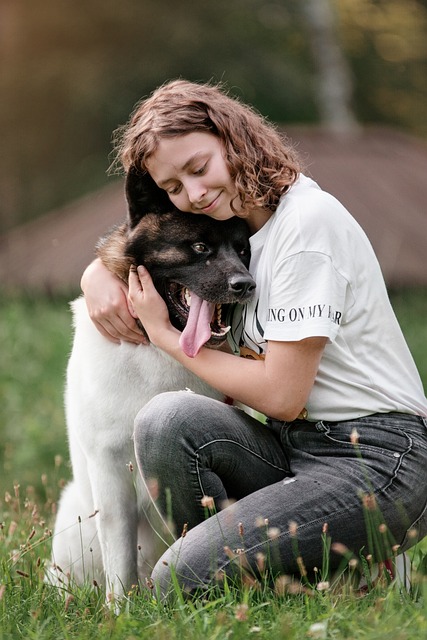Common Behavioral Issues in Pets and How to Address Them
Introduction:
As a pet owner, you want your furry friend to be happy and healthy. However, pets can sometimes exhibit behavioral issues that can be stressful and frustrating for both you and your pet. In this article, we will discuss some common behavioral issues in pets and provide you with practical tips on how to address them.
Common Behavioral Issues in Pets:
1. **Barking and Whining**: Excessive barking and whining are two of the most common behavioral issues in dogs. This can be caused by boredom, anxiety, or attention seeking. To address this issue, try providing your dog with plenty of exercise and mental stimulation. You can also try ignoring the behavior until it stops, and rewarding calm behavior.
2. **House Soiling**: Accidents outside the house are a common problem for cats and dogs. This can be caused by medical issues, hormonal imbalances, or simply a lack of training. To address this issue, take your pet to the vet to rule out any underlying medical issues. If the problem persists, try increasing potty breaks or using a litter box for cats.
3. **Chewing**: Chewing is a natural behavior for pets, but it can become destructive if not addressed. This can be caused by boredom, anxiety, or teething in young puppies. To address this issue, provide your pet with plenty of toys and chews to keep them occupied. You can also try redirecting their attention to a chew toy when you catch them chewing on something they shouldn’t.
4. **Aggression**: Aggression in pets can be caused by a variety of factors, including fear, anxiety, or medical issues. To address this issue, consult with a professional dog trainer or behaviorist for personalized guidance. They can help you identify the underlying cause of your pet’s aggression and develop a plan to address it.
5. **Separation Anxiety**: Separation anxiety is a common problem in dogs, where they become distressed when left alone. To address this issue, try gradual separation by leaving your dog alone for short periods each day. You can also try providing them with plenty of exercise and mental stimulation before leaving the house.
6. **Over-Grooming**: Over-grooming is a common problem in cats, where they excessively lick or scratch themselves. This can be caused by anxiety, stress, or skin issues. To address this issue, try reducing your cat’s grooming sessions and providing them with plenty of scratching posts.
7. **Destructive Behavior**: Destructive behavior in pets can be caused by boredom, anxiety, or teething in young puppies. To address this issue, provide your pet with plenty of toys and chews to keep them occupied. You can also try redirecting their attention to a chew toy when you catch them destroying something they shouldn’t.
Addressing Behavioral Issues:
1. **Consult with a Professional**: If you’re experiencing behavioral issues with your pet, consult with a professional dog trainer or behaviorist for personalized guidance. They can help you identify the underlying cause of your pet’s behavior and develop a plan to address it.
2. **Provide Plenty of Exercise and Mental Stimulation**: Providing plenty of exercise and mental stimulation is essential for preventing behavioral issues in pets. Make sure to provide your pet with regular walks, playtime, and training sessions.
3. **Use Positive Reinforcement Training**: Positive reinforcement training is an effective way to address behavioral issues in pets. This involves rewarding good behavior with treats, praise, and affection.
4. **Provide a Stable and Comfortable Environment**: Providing a stable and comfortable environment is essential for preventing behavioral issues in pets. Make sure to provide your pet with a comfortable place to sleep, plenty of food and water, and regular veterinary check-ups.
Conclusion:
Addressing behavioral issues in pets requires patience, consistency, and positive reinforcement training. By providing plenty of exercise and mental stimulation, using positive reinforcement training, and addressing any underlying medical issues, you can help prevent behavioral problems in your pet. Remember to consult with a professional dog trainer or behaviorist if you’re experiencing behavioral issues with your pet.
Tags:
Behavioral Issues
Pets
Training
Mental Stimulation
Positive Reinforcement

